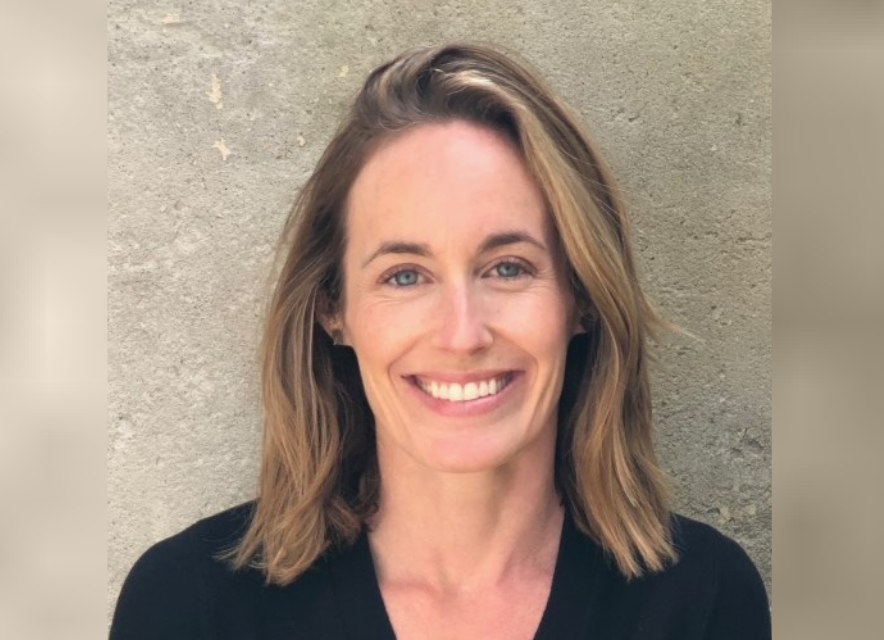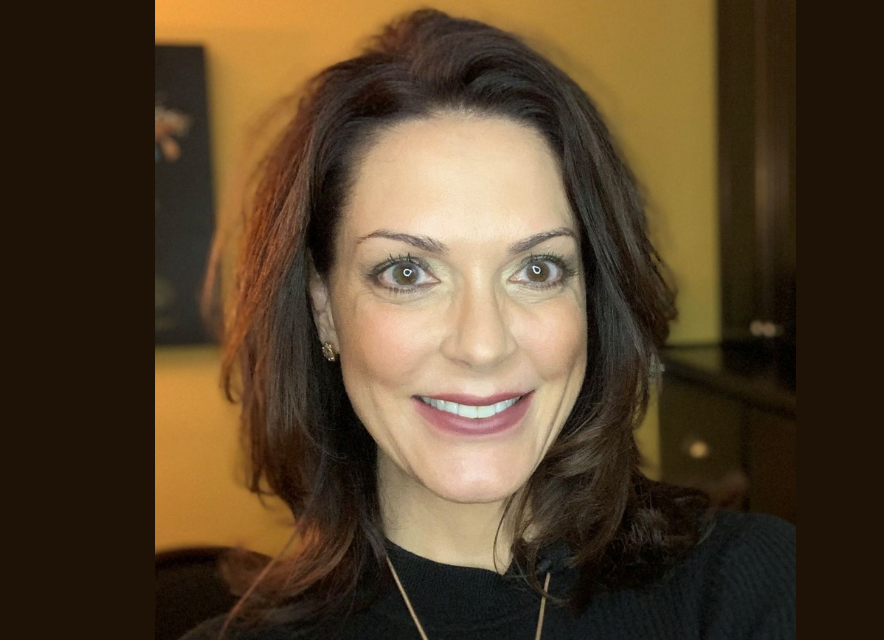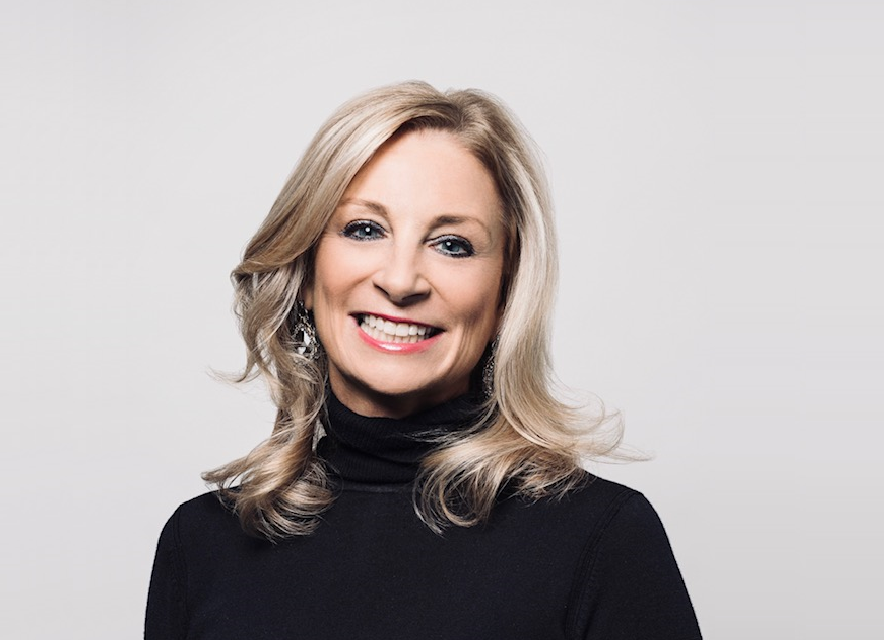Podcast: Play in new window | Download
Subscribe: RSS
The focus today is entirely on making it easy for your clients to refer and ensuring your prospects understand the value you provide. Anything that makes it harder to refer causes “friction”. It may be the client doesn’t remember a good way to describe your service or provide an introduction. It may be that once introduced, you lose track of a referral. Eliminating these points of friction and making for a continuous, smooth process will help you receive and convert more referrals.
Takeaway Quote:
“There are inherent points of friction in the referrals strategies being used by most advisors. Rather than look for more strategies, let’s focus on making it easier to refer.”#BecomingReferable
Show Timeline:
2:41 Helping your clients articulate your value
6:30 Getting the right content to the right people
9:05 Understanding how an effective sales funnel can help your referral process
12:40 Controlling the narrative when clients make a referral
14:58 Helping clients understand your referral process to eliminate potential concerns
17:40 Building on-going relationships with prospects who are referred
You May Find This of Interest:
Want more?
Stephen Wershing:
Website: https://clientdrivenpractice.com
LinkedIn: https://www.linkedin.com/in/stephenwershing/
Twitter: @swershing
Julie Littlechild:
Website: www.absoluteengagement.com/blog
LinkedIn: https://www.linkedin.com/in/julielittlechild/
Twitter: @jlittlechild
Episode Transcript:
Julie Littlechild:
Welcome to Becoming Referable, the podcast that helps you become the kind of advisor people can’t help talking about. I’m Julie Littlechild, and today Steve and I are focused on how to fuel your referral efforts. And here’s the thinking, there are so many strategies and tactics that you can employ to drive more referrals but they may not be as effective if you aren’t thinking about the points of friction in your referral process. So points of friction are simply those things that get in the way, that make it less than easy for clients to refer the right people.
Today we’ll walk through the points of friction that we see and of course what you can do about it. Today’s advice is less about adding new strategies to drive referrals its more about pouring fuel on the fire to make sure what you are already doing is truly effective. And with that let’s get straight to the conversation.
Steve Wershing:
Well, Julie, nice to talk with you, as always. Today, I wanted to ask you a few questions about points of friction. We want to make referring and an effortless experience, and so I think it would be really interesting to find out from you a little bit about what kinds of things can cause friction when people want to refer us and how we can help advisors overcome them. So first, why don’t we just start with, when we talk about a point of friction, what is it that you’re thinking when we say that?
Julie Littlechild:
Well, I think we often talk about the big strategies in tactics associated with referrals, but there’s all of these little things that we do or don’t do that either facilitate or hinder referrals all along the way. So, I think both of us are big believers in being very intentional about the referral process, and I think just trying to tease out what are the things that can get in the way and what are some hopefully simple tactical solutions to get over that. That’s what I’m thinking of with the five big points of friction that we focus on.
Steve Wershing:
Well, I think that makes an awful lot of sense. One of the things that advisors can do to help with business development generally is just removing the obstacles, is making it easier and easier to deal with you and making it effortless to get involved with you. So let’s start with the first idea, and that is that one point of friction is that your clients can’t effectively articulate your value.
Julie Littlechild:
Absolutely. We know this to be true, and to some extent our natural inclination is to say, “Well, that’s just not good enough, let’s help the clients articulate our value better.” I don’t think we should give that up. The problem is it’s hard for some, and we don’t always control the narrative, if you will, when prospects or our clients are talking to prospective clients about what we do.
One of the things that we’ve recommended is rather than always trying to “train” our clients to articulate our value, why don’t we help them refer by always pointing a prospective client to a particular link? So if our training is, look, any time an opportunity comes up and you want to share our name, we love that, thank you very much. All you need to do is share this link, and this link is to a hidden referral page on our site. It’s not for everyone. It’s something that is designed to explain what we do so you don’t need to do that.
I think the benefit of that if we can ingrain notion that all I need to do is send my friend this link, then that’s a lot easier than all I need to do is be really articulate in explaining the value that my advisor provides.
Steve Wershing:
Yeah, and so what kinds of things would be on that page?
Julie Littlechild:
Yeah, so I think of a referral page is almost like rolling the red carpet out for a perspective client who comes to you. So, the positioning at the top might be along the lines of, you’re here because someone thought we could help you. I’m so honored, there’s no greater demonstration of trust. I may or may not be the right advisor, right? Let’s get that out there, because we know that sometimes clients are referring the wrong people, but I’d love to find out. So, this page will give you an overview of the clients that we work with and the problems that we solve, and we’d love to connect going forward.
So, A, we’d want a general statement of what this is, B, a brief description of what we do. You and I have talked about focusing on different challenges. I think there’s a great opportunity here to filter people into the right place so that you can talk about a particular challenge. Maybe a very quick two minute video of who you are and what you do and why you do it, and then in every case, something that gives them some value right away-
Steve Wershing:
Okay, sure.
Julie Littlechild:
And a way to leave their email address for you. So that if it’s not the right time now, that you can connect over time. So, that’s what I’m thinking.
Steve Wershing:
When you say offer a visitor some value, what kinds of things are you talking about?
Julie Littlechild:
Well, maybe you’ve got a checklist, maybe you’ve got something about talking to kids about money or talking as a couple about money, something where they can walk away thinking I learned something, I got some value and it was easy. I just needed to throw my email address in there, and I’ve connected with that person in some way.






Leave A Comment